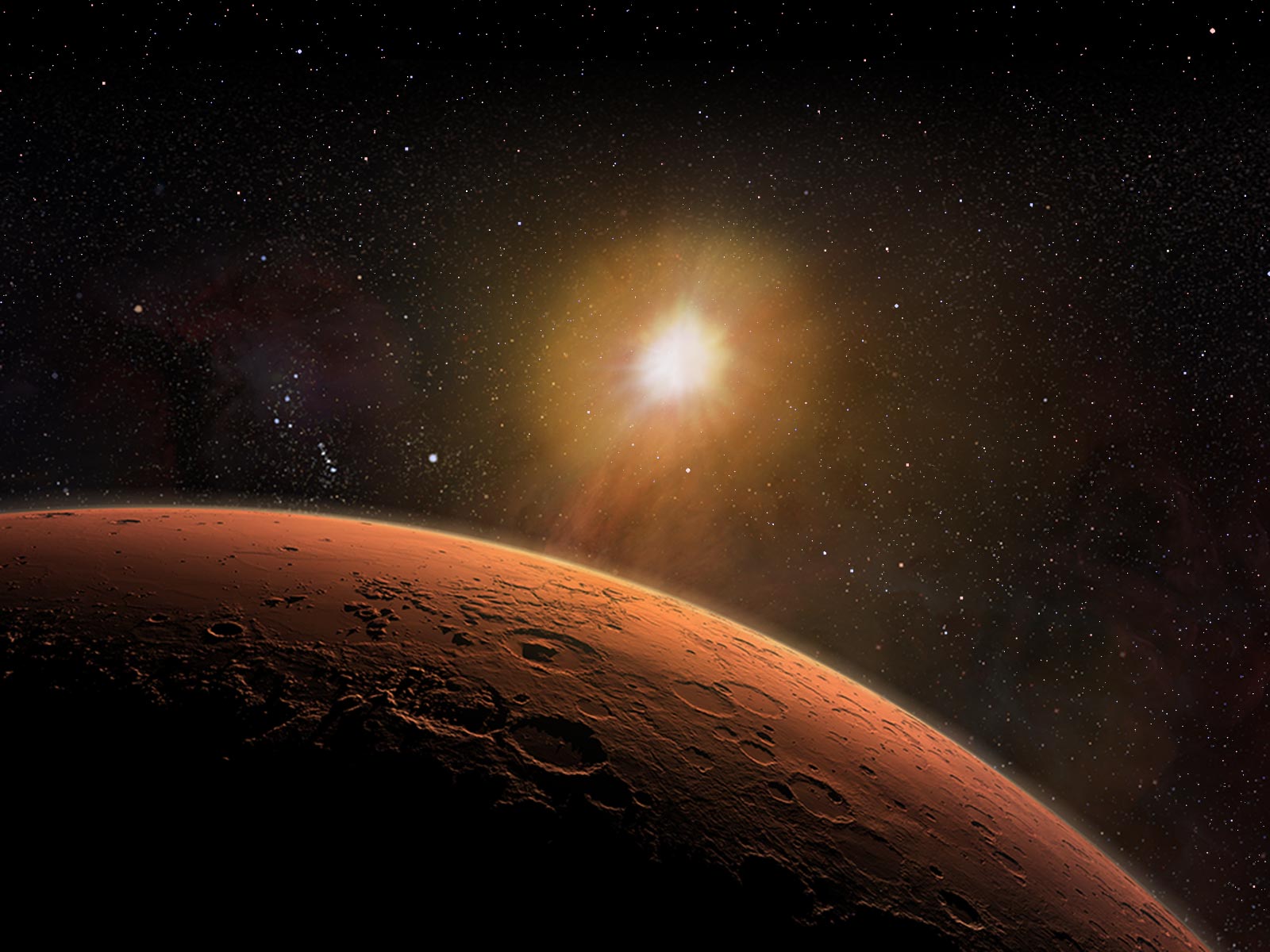


 U.Mars — Encyclopedia
U.Mars — Encyclopedia
Basic Astronomy and the Nighttime Sky
Changes in distance from the Sun during a year are not significant factors in changing temperatures on planets in the Solar System, as most planets' orbits are nearly circular (the difference in the distances at the nearest and farthest points from the Sun rarely amount to more than a few percent). While a highly eccentric (elongated) orbit may result in an object — like a comet — receiving a great deal more sunlight at its nearest approach, and very little sunlight far away, the Solar System's planets do not exhibit such variation.
The changes in Earth's or Mars' distances from the Sun over their orbits are depicted in the following movie clips:
For reference, "1 AU" (astronomical unit) is about 150 million kilometers (93 million miles). See that the change in Earth's orbital distance over an entire orbit varies by just a few percent, from about 0.983 AU at its closest point to the Sun (called perihelion) to about 1.016 AU at its farthest-away point (or aphelion).
For Mars, distance varies between about 1.38 AU and 1.66 AU — a larger difference, but not a big difference in proportion to its average distance from the Sun.
See also: